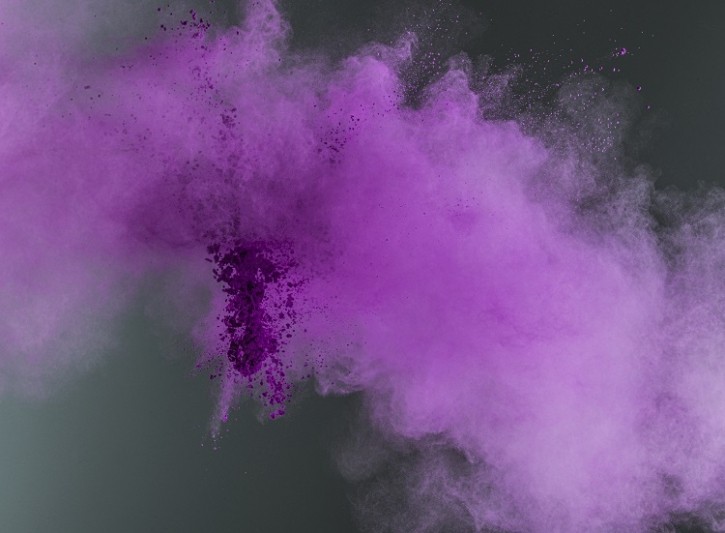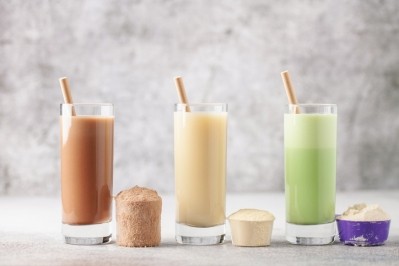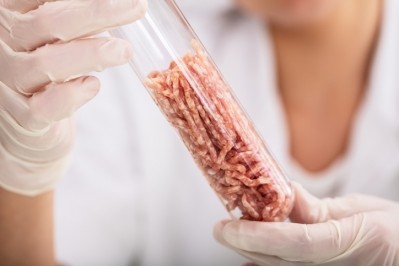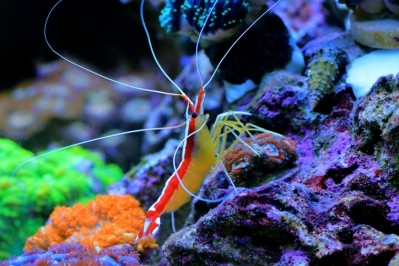‘Difficult to source’ purple spectrum to be produced via microbial fermentation at scale

Food colorants can be sourced either synthetically from petrochemical sources, or naturally from fruits, vegetables, plants, insects, mineral ores, or from microbial sources.
Microbial fermentation is thought to offer a viable alternative to both petrochemical and conventional ‘natural’ sources.
Synthetic biologically, and more specifically microbial fermentation, is the subject of a new partnership between Danish bio-based ingredients maker Octarine Bio and US cell programming company Ginkgo Bioworks.
The companies have teamed up to engineer a strain for producing purple pigment violacein and its derivatives at commercial scale.
Potential for food and beverage industry?
The multi-stage partnership, announced today, focuses on compounds in the tryptophan pathway. Octarine Bio will leverage its expertise in enzymatic derivatization, which can enable improved production levels and ‘superior’ properties of these colours, while Ginkgo Bioworks will lean on its expertise in strain engineering.
Violacein is a naturally occurring bis-indole pigment that has a deep purple hue. Its derivatives include green, blue, and pink pigments. These colours also have potent bioactive properties, such as being anti-microbial, antioxidant, and UV-protective, Octarine Bio explained.
The partnership is primarily focused on initially entering the textile industry – due to the relatively lower level of regulation – but violacein has been shown to have potential for food applications, we were told.
The Danish company, which will own any ingredients produced under the partnership agreement, is currently investigating various food application possibilities with partners.
For the synthetic biology-derived pigment to enter the food and beverage market in Europe, it would require Novel Foods pre-market authorisation from the European Food Safety Authority (EFSA). Octarine Bio has yet to submit a dossier.
The partnership is initially focused on violacein, but the collaboration has the potential to expand to other tryptophan-derived compounds.
An expanding market for natural colours
The companies believe the partnership offers Octarine a ‘significant’ opportunity to introduce new bioactive colours and dyes to the market that address consumer desires for safer, healthier, and more sustainable alternatives.
“Natural colours and dyes constitute a significant and ever-expanding market, especially given the heightened awareness from companies and the concerns of consumers about the harmful effects of conventional manufacturing processes,” said Ena Cratsenburg, chief business officer at Ginkgo Bioworks.
From Octarine Bio’s perspective, co-founder and CEO Dr Nethaji Gallage said the company is ‘thrilled’ to work with Ginkgo to improve the bio-based production process for its tryptophan programme, focusing on a class of ‘highly sought-after’ natural colours and dyes in a ‘difficult to source’ colour spectra.
This collaboration is not Ginkgo Bioworks’ first collaboration on microbial fermentation-derived natural colours. This time last year, the company announced a partnership with Israeli start-up Phytolon to develop a range of colours within the yellow-to-purple spectrum.
According to the partnership, Phytolon is leveraging Ginkgo Bioworks’ ability to engineer biology at scale. The duo is working together to produce vibrant cultured food colours via yeast fermentation.

























